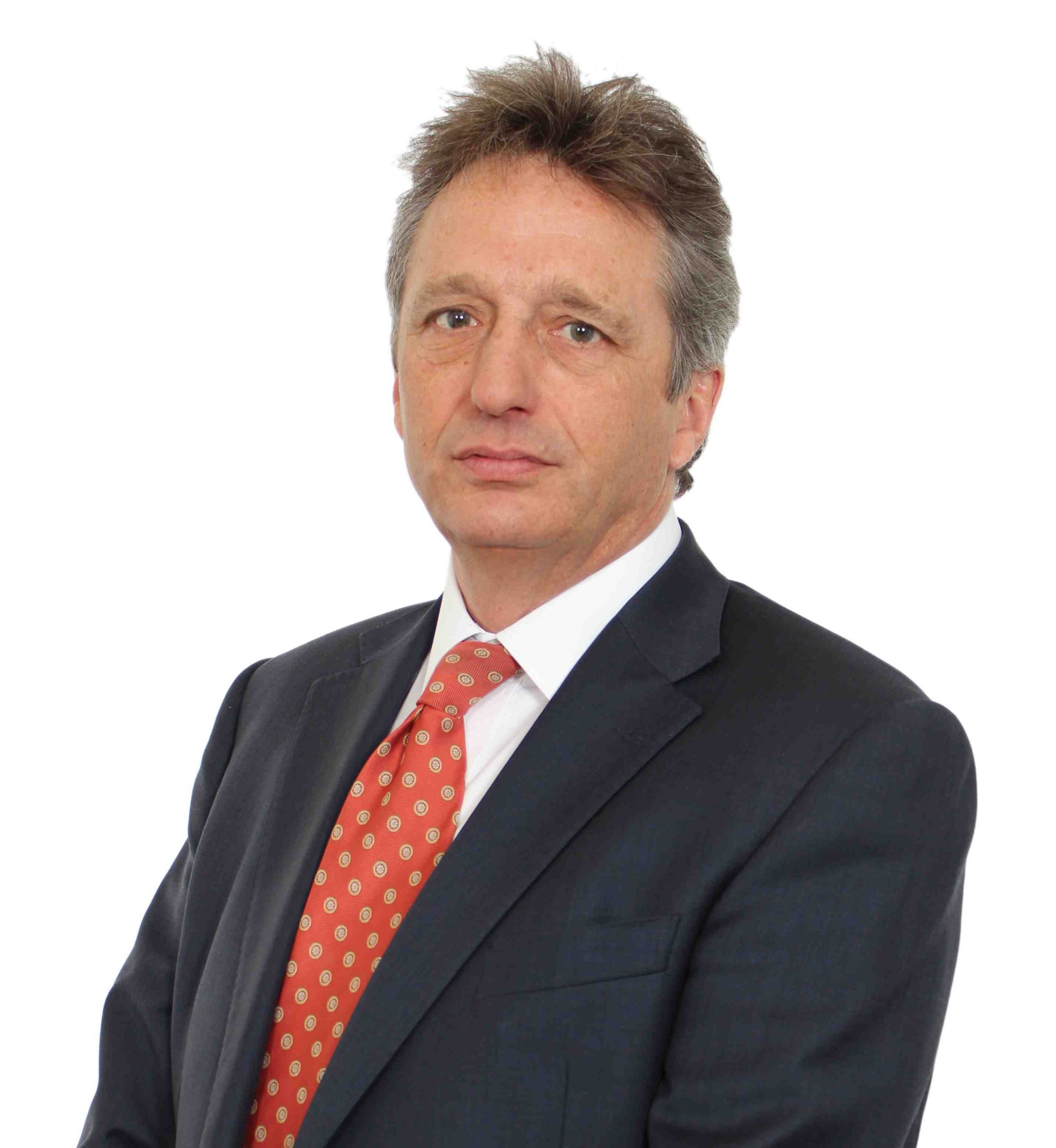“Emerging Economies Are Facing Cyclical, Not Structural Issues”
| By Fórmate a Fondo | 0 Comentarios

Devan Kaloo, Head of Global Emerging Markets at Aberdeen, answers key questions about the outlook, valuation and growth prospects for the emerging markets.
Will this be a better year for emerging market equities?
We would expect so – certainly in relative terms. Last year the MSCI Emerging Markets index was down -4.97%, trailing the MSCI World index by 29%. Emerging market fund flows suffered as a result, with some US$29 billion in outflows from dedicated Emerging Markets (EM) funds in 2013. The sell-off has led to valuation disparities and, in our opinion emerging markets are looking cheap on a comparative and absolute basis. Admittedly, investor concerns over Quantitative Easing (QE) ‘tapering’ and slowing Chinese growth will continue to linger in the next three to six months and markets could come under renewed pressure. Elections this year in Indonesia, India, South Africa, Turkey and Brazil may similarly make investors nervous. Emerging markets face near term headwinds but overall, we’re positive on emerging market equities.
Why are you optimistic on Emerging Markets growth?
EM economies are undergoing a cyclical adjustment, albeit the secular growth story remains intact. Imports rose across emerging markets amid accelerating domestic growth post-2008, but exports were constrained by weak demand from developed economies. Current accounts deteriorated as a result, with economies increasingly reliant on foreign capital to fund these positions. With potentially less foreign capital available now that ‘tapering’ has started, the result is many emerging countries now face weaker currencies, inflationary pressures and higher domestic interest rates. But as exports start to outpace imports, driven by the weaker currency and slower domestic demand, current account positions could start to improve. In turn, currency stability may reduce inflation, leading to lower interest rates. Unlike before, foreign exchange liabilities are modest at both the corporate and national levels, in our opinion. With policymakers increasingly aware that they must now compete for more expensive global capital, this should prompt progress on domestic reforms which have stalled over the past three years. Governments will draw on their experiences from past crises. Competitive devaluations, moves to build domestic capital and efforts to attract fund flows from abroad are pluses. While the long term story remains intact, we believe EM corporates are in good shape, and are well positioned to benefit from favorable demographics and rising consumer wealth.
So, why has corporate profitability declined?
Across emerging markets, we’ve observed that companies have been slow to react to weaker market conditions. Corporate profits peaked in 2010 and have been coming down, due to slower revenue growth and rising costs. This is partly a result of the pressure faced by exporters that are highly geared to global demand. But equally, domestic companies were slow to react to these issues. That said, we believe EM companies are adjusting to the new operating environment, as they have been refocusing on profitability and increasing balance sheet strength. When the recovery happens, companies should report better growth as well as improving margins, which will drive a strong earnings recovery and a potential re-rating of shares.
How are China’s relations with other emerging markets changing?
Beijing is pursuing reforms designed to shift the economy away from fixed-asset investment towards consumption-led growth. Weaker Chinese appetite for raw materials could in turn affect emerging markets that have profited from selling commodities to China. Relations are also changing in other ways. China used to be the world’s low cost factory but that’s no longer the case. As labor costs there become more expensive, other EM countries such as Mexico and emerging Asia are looking increasingly attractive. The Chinese themselves are becoming investors in other emerging countries.
What are your views about Brazil?
The country faces slower growth, rising consumer prices and a weaker currency. Unemployment, however, remains near record lows and the nation continues to attract strong foreign direct investment inflows, which go some way towards financing its current account deficit. Although the economy has slowed considerably, the country offers a deep pool of what we see as quality companies at attractive valuations.
Then, what about the rest of Latin America?
We believe Mexico is well placed to benefit from a recovery in the U.S., given their trade linkages. Its recently-passed energy reform should also boost productivity and economic growth, but higher taxes could hinder spending in the short term. Chile continues to be in our view, the most well-managed economy in Latin America, with low unemployment and wage growth outstripping inflation. Overall, the continent’s longer term growth prospects are favorable, underpinned by good demographics, an expanding middle class and continued urbanization.
Are EM valuations attractive?
We believe so. Emerging market equities, which are trading at about 11 times current year earnings, are not only cheap by historical standards but also relative to developed markets, since much of the concerns have already been priced in. The dividend yield, which is around 2.8%, is higher than major developed markets such as the U.S. (1.9%) and Japan (1.8%).
Will a country or sector’s potential influence your stock-picking decisions?
It’s the other way around. Our country and sector weightings are the result of our stock- picking approach. Over the years, what we’ve noticed is that markets reward companies, not economies. And there is little evidence linking equity returns to economic growth. For example, we’re finding what we see as well run companies in countries such as Thailand, Indonesia, and also Brazil, where growth has been slowing.
What importance do you attach to your active stock picking approach?
Stock selection is what sets us apart. We do our own company research and if a stock fails our screens we won’t own it. Furthermore, no company is bought before our equity teams meet the management. Unlike many fund managers we’re long term in our focus. That means our investment teams go back and visit companies again and again. The benefit of this is to identify only the well-managed companies that have attractive long-term prospects and which represent good value. It’s important for us to focus on price as well as quality – in our view, there’s no point in overpaying however attractive a company might be.
What do you see as your key competitive advantage?
Our track record of investing in emerging markets since 1987 is an important competitive advantage. Given the diverse nature of the markets we invest in, it takes time to develop a deep understanding of where the best opportunities are. We believe it also takes a stock-picking approach to leverage that knowledge effectively. Our investment process is thus our second competitive advantage. Finally, it needs a stable investment team who has worked closely together over many years to exploit fully the opportunities as and when they arise. When taken together, we believe these factors give us the potential to deliver attractive returns to our investors over the long run.






